Newfoundland Raisin Bread. A traditional sweet bread made in Newfoundland families for generations. It’s delicious fresh or toasted or turned into French toast with a drizzle of molasses.
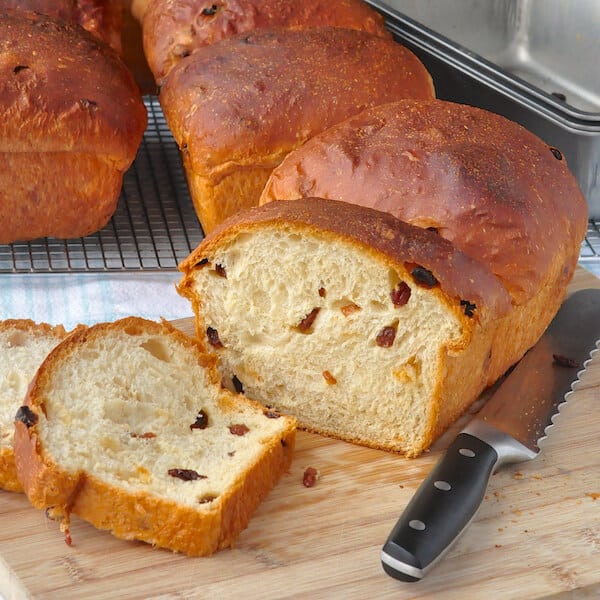
Newfoundland Raisin Bread
Originally published March 2016.
Newfoundland Raisin Bread will conjure up many happy childhood memories for those reading this with any connection to this province. Everyone I knew who baked while I was growing up, made their own bread.
This included Homemade White Bread, this raisin bread, and another favourite at the Holidays especially, Molasses Raisin Bread.
I call this a sweet bread but in truth it isn’t all that sweet. There is a danger in adding too much sugar to a bread recipe that’s meant to be enjoyed as toast.
Too much sugar and your toast can quickly burn.
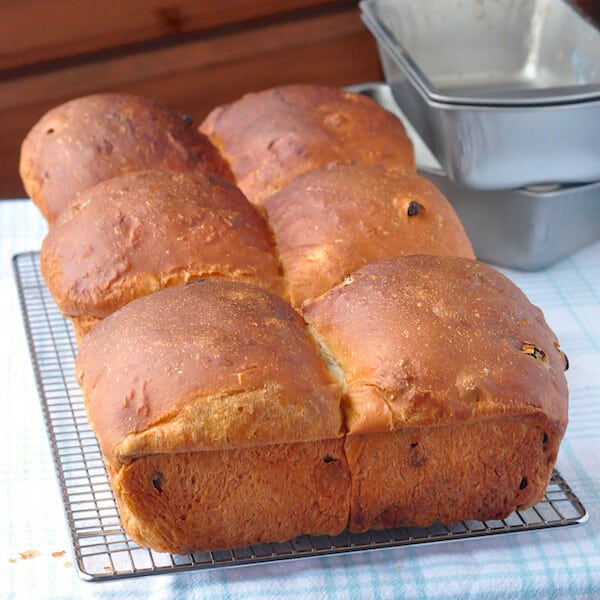
Newfoundland Raisin Bread
Not too sweet.
I’ve added just a moderate amount to my recipe because I add lots of raisins. They provide more than enough sweetness all on their own.
You can of course add less raisins to the recipe if you prefer, but be careful about adding too few. Nobody wants a slice of raisin bread with no raisins.

Newfoundland Raisin Bread
My father still makes a joke about one local lady who was was known to be, let’s say “economical” with her addition of raisins. He said everyone at the table looked around to see who got the fig.
(Newfoundlanders often referred to raisins as figs as in a traditional Figgy Duff.)
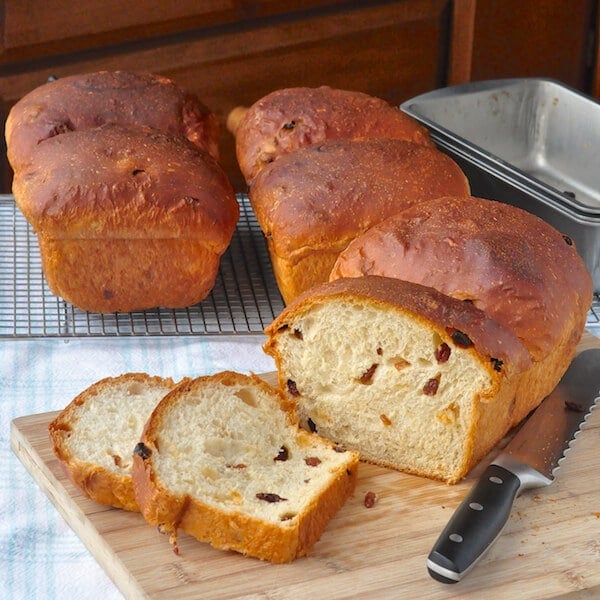
Newfoundland Raisin Bread.
Creating a recipe for Newfoundland Raisin Bread.
My recipes are often combinations of elements other recipes that I think work well together. This recipe is influenced by both my grandmothers.
Like many of their generation here in Newfoundland, they used canned Carnation evaporated milk for baking. This evaporated milk was normally reconstituted by adding an equal amount of water.
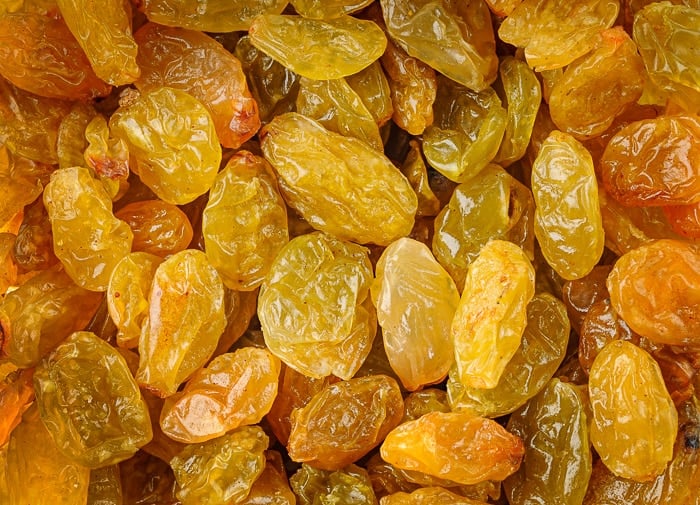
I’ve used sultana raisins in the photos for this recipe but golden raisins make a nice change too.
Nan’s influence.
Nan Morgan didn’t always do that; sometimes adding it straight from the tin into her Raisin Tea Buns, or other recipes like Snowballs . I learned myself over the years that this added richness and depth of flavour to baked goods like Newfoundland Cherry Cake.

Newfoundland Raisin Bread
Nan Parsons added eggs to her bread recipes, particularly when she was making dough for dinner rolls. I had never seen done on my mother’s side of the family.
That not only added more richness to the rolls but I now think was meant to keep the crust a little softer.
Borrowing from both sides of my family and adding in more than a few years of baking experience myself, this is the recipe I now use to make this traditional Newfoundland favourite. We’ll just call it a slice of my family’s baking history.
Measuring flour correctly.
It is easy to over measure flour for any recipe by as much as 30% or more as you can see in the photo below. Both are one cup of flour but one weighs much more. Read more on how to avoid this common baking pitfall in our post on How to Measure Flour Correctly.
Upon finding this recipe, many, may people ask if we have a recipe for Lassie Raisin Bread. Indeed we do. You can find that recipe, a.k.a. Molasses Raisin Bread, here.
Like this Newfoundland Raisin Bread recipe?
We have many more traditional and locally inspired recipes in out Newfoundland Recipes Category.
It’s easy to keep up with the latest home style cooking & baking ideas from Rock Recipes. Be sure to follow Rock Recipes Facebook Page and follow us on Instagram.
Plus you’ll see daily recipe suggestions from decadent desserts to quick delicious weekday meals too.
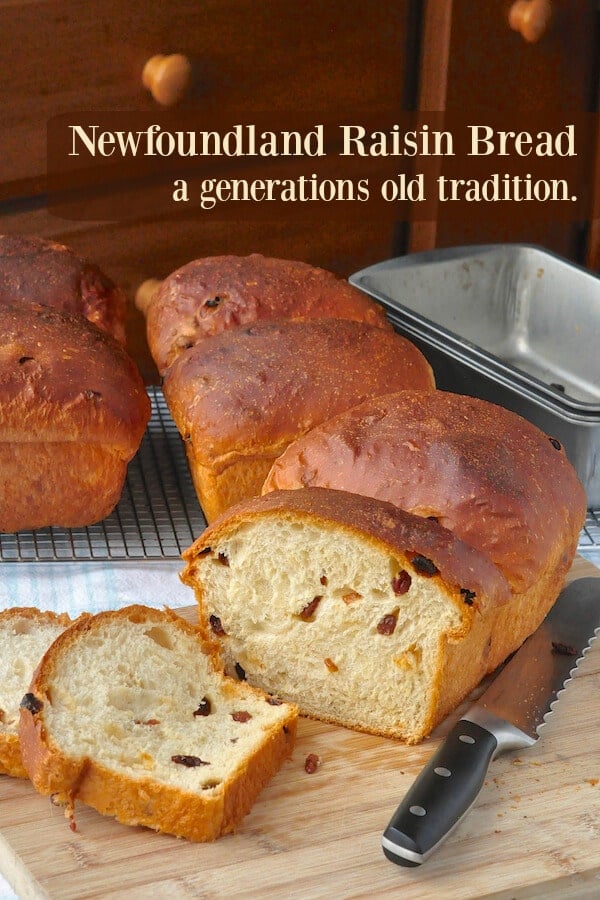
Newfoundland Raisin Bread
You can also sign up for our FREE newsletter to know immediately when we add new recipes. You’ll also get weekly suggestions for great family friendly meals and desserts too!

Rock Recipes a participant in the Amazon Services LLC Associates Program, an affiliate advertising program designed to provide a means for us to earn fees by linking to Amazon.com and affiliated sites. Our product recommendations are almost exclusively for those we currently use or have used in the past.
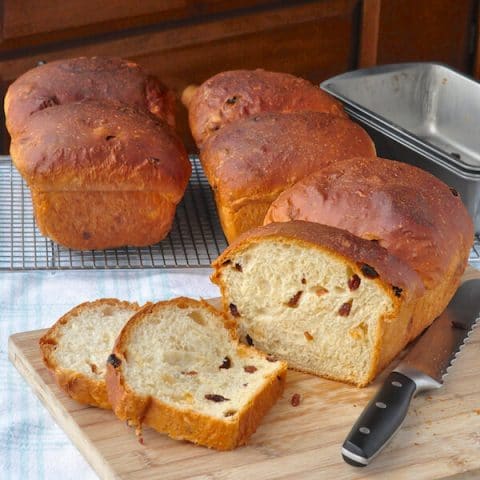
Newfoundland Raisin Bread
Newfoundland Raisin Bread – a traditional sweet bread made in Newfoundland families for generations. It’s delicious fresh or toasted or turned into French toast with a drizzle of molasses.
Ingredients
To proof the yeast
- 1/2 cup lukewarm water
- 1 tsp sugar
- 1 tsp dry yeast
For rest of the dough
- 5-6 cups all purpose flour
- 2 cups warm milk, I use 1 can of evaporated milk and top it up with warm water
- 1/3 cup sugar
- 1 tsp fine salt
- 1/2 cup melted butter
- 1 egg, lightly beaten.
- 2 cups raisins, I've used sultanas here.
Instructions
- Proof the yeast by dissolving the 1 tsp of sugar in the 1/2 cup warm water. Sprinkle in the yeast and leave to sit in a warm place for 10 minutes until it gets foamy.
- It is possible to hand knead this dough entirely but I now make it in my KitchenAid stand mixer.
- Add 4 cups of the flour to the bowl of your electric mixer with the dough hook attached. Stir in the sugar and salt.
- Add all of the remaining ingredients except the raisins and turn the mixer on low for about 5 minutes to get the dough started.
- Begin to add the remaining flour, 1/4 cup at a time leaving it to knead into the dough for a few minutes. Continue to add flour only until the dough releases from the sides and bottom of the bowl, then let the dough knead for another 5 minutes.
- Turn the dough out onto a lightly floured countertop or breadboard and spread it out flat. Sprinkle the rain ins over the dough and then fold it over several times before kneading by hand for a few minutes to incorporate the raisins evenly throughout the dough.
- Cover dough and leave to rest and rise for one hour. Punch the dough down and knead it for a few minutes by hand before letting it rest for another 10 minutes.
Forming and baking
- Grease 2 large or 3 small loaf pans. Divide the dough into 6 equal portions. Form each division into a ball. Place 2 balls of dough in each loaf pan. Cover with a clean tea towel and allow the dough to rise until it is about 2 inches above the rim of the pan, about 2 hours depending on room temperature.
- (NOTE: At this stage, the bread dough can be cold proofed overnight in the fridge if you want to serve it freshly baked early the next day or just want to save time in advance. Just cover the pans with a clean tea towel. You can spray the surface of the dough with water from a spray bottle to prevent the surface of the dough balls from becoming too dry if you like but this is not really necessary with the humidity in most fridges. Just remove the pans from the fridge in the morning and allow them to finish raising to about 2 inches above the pan rim as shown in the photo above, which could be another 1-2 hours and bake as directed below.)
- Bake at 350 degrees F for 30-40 minutes depending on the size of the pans that you are using. (My largest pans took 50 minutes)The loaves should have a golden crust and sound hollow when tapped to be fully baked.
- When baked, turn loaves out onto a wire rack to cool. Brush the tops with melted butter if desired to soften the top crust.
Recommended Products
Rock Recipes a participant in the Amazon Services LLC Associates Program, an affiliate advertising program designed to provide a means for us to earn fees by linking to Amazon.com and affiliated sites. Our product recommendations are almost exclusively for those we currently use or have used in the past.
Nutrition Information
Yield
30Serving Size
1 sliceAmount Per Serving Calories 151Saturated Fat 2gCholesterol 14mgSodium 117mgCarbohydrates 26gFiber 1gSugar 3gProtein 3g
The nutritional information provided is automatically calculated by third party software and is meant as a guideline only. Exact accuracy is not guaranteed. For recipes where all ingredients may not be used entirely, such as those with coatings on meats, or with sauces or dressings for example, calorie & nutritional values per serving will likely be somewhat lower than indicated

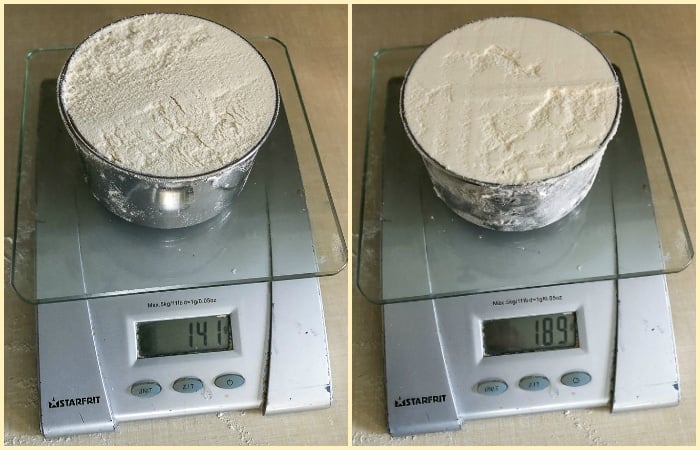
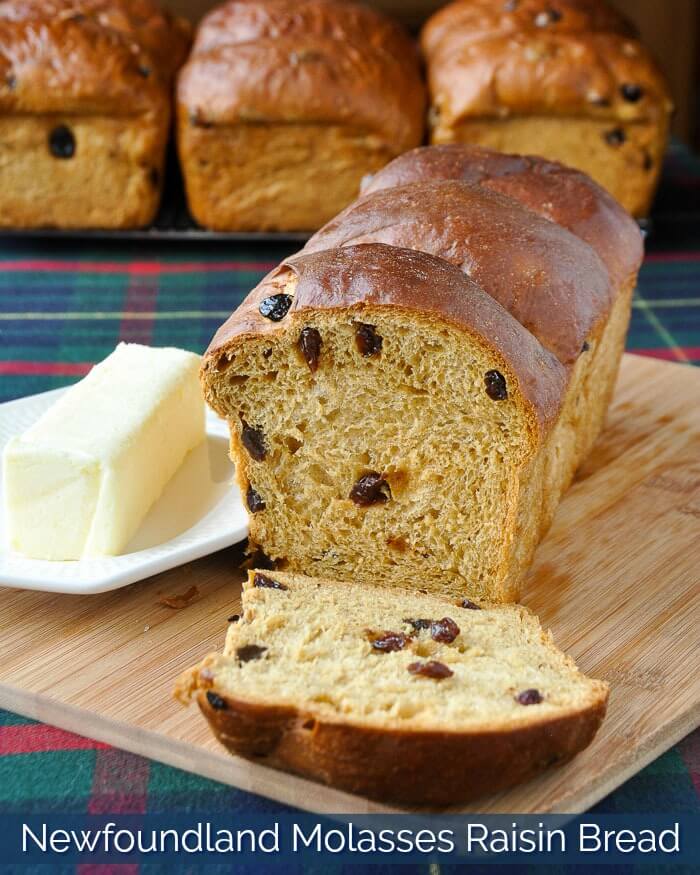
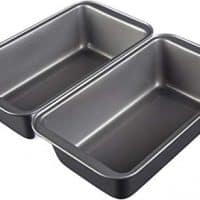
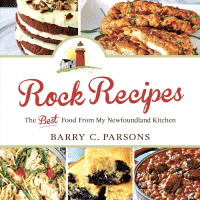
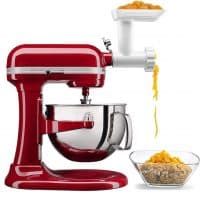
Laura Moraze
Monday 29th of November 2021
Just love the recipes I've tried quite a few and really loved the results
Kathy
Thursday 29th of August 2019
Hi, Barry...I make all of your bread, with great success. I’m just wondering about the differences in the amount of yeast. I’m just curious why this bread only has one teaspoon, where the others are double that’s+ some?
sheila a bradley
Saturday 6th of April 2019
Can you make this in a bread maker?
Barry C. Parsons
Wednesday 17th of April 2019
I don't own a bread maker but I guess if you scale the recipe to size, it should be okay.
Kim
Sunday 22nd of July 2018
I have followed this recipe to a T. However, the dough has not risen. It it one tsp or one tbsp of yeast? The recipe here calls for one tsp.
KIM
Barry C. Parsons
Thursday 23rd of August 2018
Theoretically any amount of yeast is enough if you leave it long enough to multiply. How old was your yeast?
Sindy Frank
Thursday 19th of July 2018
Hi love the recipe, quick question can i make the bread in smaller rolls like individual portion.
Rhonda
Wednesday 14th of November 2018
My dad, who grew up on the east coast, was always looking for raisin rolls. His favourite. This is the recipe my granny gave me to make for him, Carnation milk and all. Lovely recipe. Thank you.
Barry C. Parsons
Thursday 23rd of August 2018
Sure.